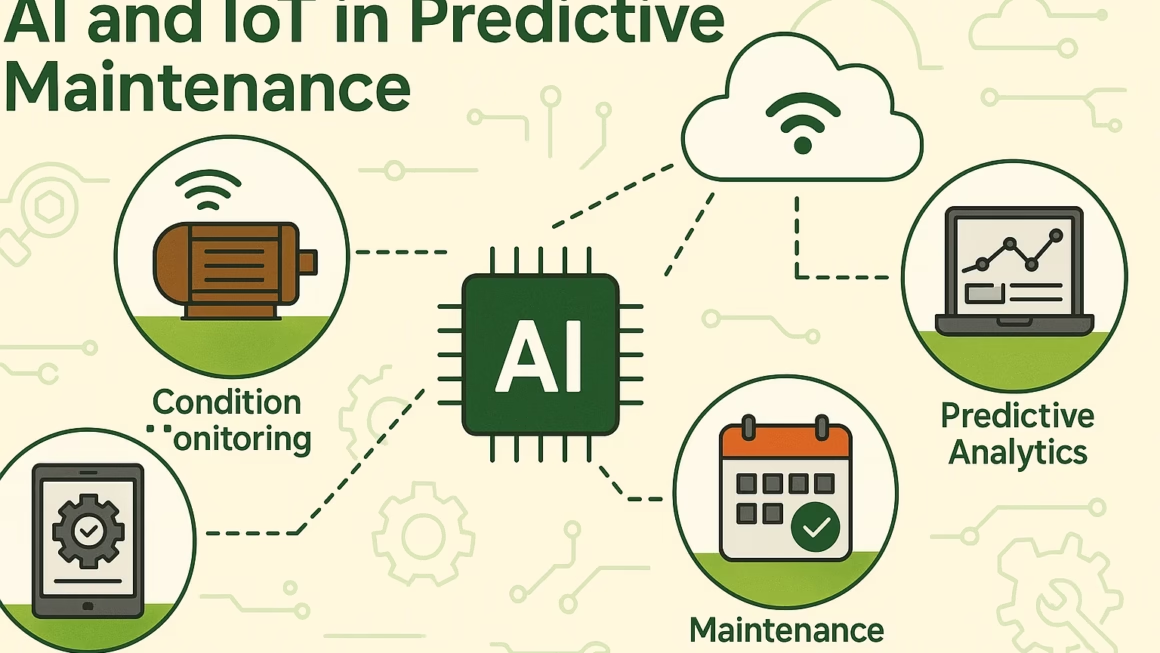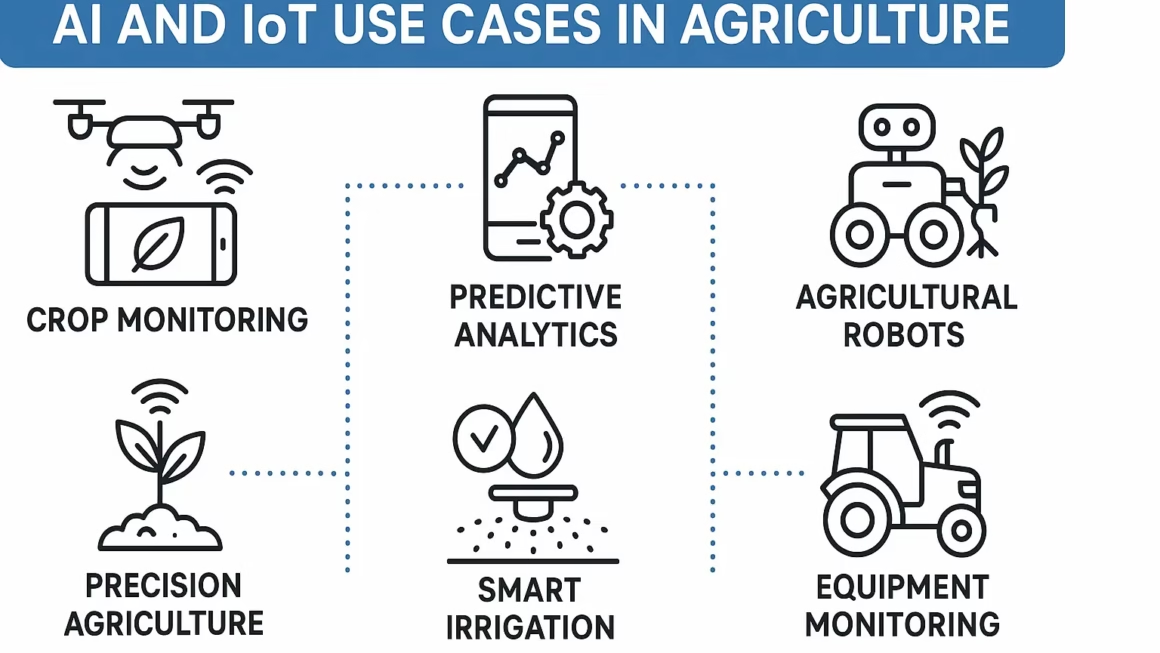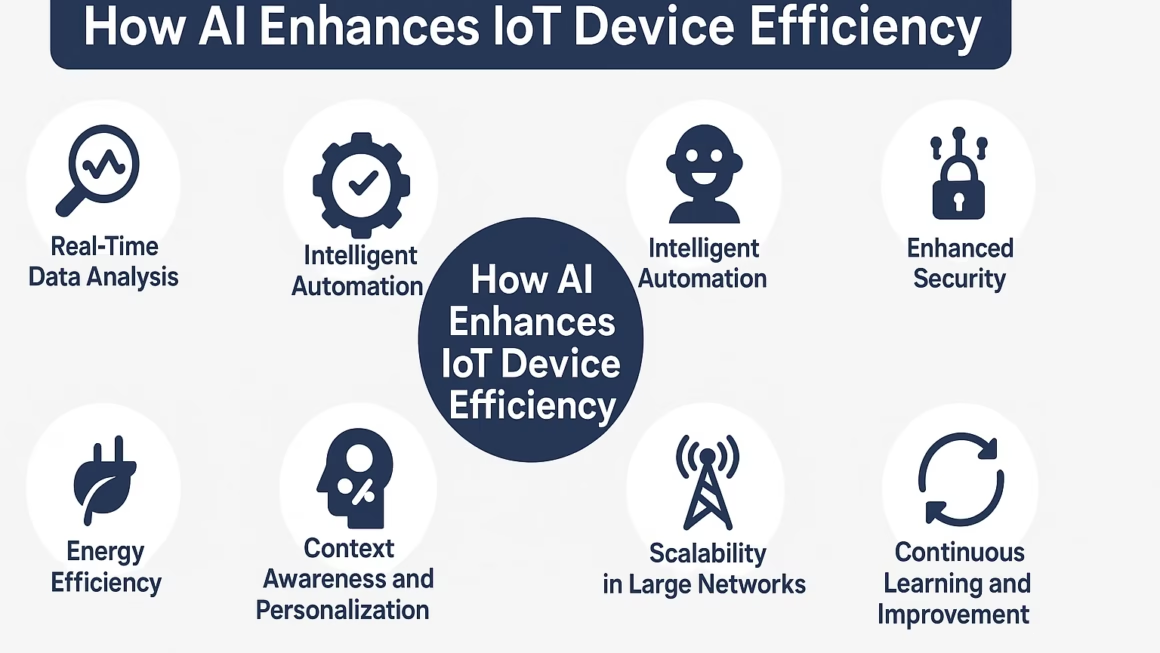5 Ways IoT Monitoring Is Revolutionizing Our World

With a world that is more dependent on the technology, then the Internet of Things (IoT) is one of the most significant inventions of the 21st century. At the heart of it, the IoT is the ability to link everyday objects to the internet, such that they can gather, send and receive data. Monitoring is one of the most transformational among the numerous functions that it supports. When it comes to health tracking and environment monitoring, IoT monitoring systems are revolutionizing how we can learn real-time insights and make decisions from them.
What Is IoT Monitoring?

An IoT monitoring can be defined as a process of using connected devices to observe, record, and analyze current conditions or activities in real-time. These devices usually have sensors, embedded systems and cloud computing tools which help in collectively doing the following:
- Capture data from physical environments
- Communicate that data to the centralized systems.
- Analyze patterns and behaviors
- Generate trigger alerts or automatically responses depending on defined conditions
Important elements of IoT monitoring systems efficiently integrated with the existing IT infrastructures.
1. Sensors and Devices
The “things” of IoT, i.e., temperature sensors, motion sensors, heart monitor, or GPS trackers, are responsible for collecting real time data.
2. Connectivity
Data requires a route to take in order to be transferred from the devices to the cloud or a processing centre. This is where IoT SIM cards, Wi-Fi, Bluetooth, LPWAN, or 5G play its role.
3. Data Processing Platforms
After the data goes into a centralized system (usually the cloud), data processing and analysis will be made with algorithms or tools using AI.
4. Dashboards and Interfaces
Rather than humans who have to think about what to do based on an output, results are communicated to users via user-friendly dashboards, whereby humans can make informed decisions on visualized data.
5. Automated Actions
In some instances, systems can organize automatic response from actions (i.e., ventilation switched on, alerting maintenance, or calling emergency services) without human contribution.
Applications of IoT Monitoring

1. Healthcare Monitoring
Wearable IoT devices such as smartwatches and health trackers are constantly tracking the vital signs, like the heart rate, oxygen levels, and sleep patterns. Hospitals are using IoT systems to monitor patients from a distance, minimize visits to hospitals and detect abnormalities in good time.
2. Industrial and Manufacturing Monitoring
Named Industrial IoT (IIoT), factories install sensors on equipment for monitoring the temperature, the vibration, and the performance of such. This assists in predictive maintenance and minimizes downtime and also increases the life of the equipment.
3. Environmental Monitoring
IoT provides real-time monitoring of the air quality, radiation levels, water quality, and weather conditions. Governments and NGOs leverage these insights in order to be able to react promptly to the spikes of pollution or natural disasters.
4. Smart Home and Building Monitoring
Smart thermostats, phones with security cameras, and motion detectors automate controlling the lighting, temperature, and access which increases energy efficiency and safety.
5. Agriculture and Farming
IoT-based systems monitor moisture of the soil, the weather, and the health of the livestock, which makes it possible for precision farming. Farmers can irrigate when required, and this leads to their having a higher yield as well as management of resources.
6. Logistics and Fleet Monitoring
Real time monitoring of shipments enhances the visibility of supply chain. Vehicle location, temperature (for the cold-chain logistics) and fuel usage are monitored for optimizing delivery routes and efficiency with the help of sensors.
7. Smart Cities
Cities use the IoT for monitoring the flow of traffic, management of wastes, and taking care of public safety. Real-time data is useful in regulating the traffic lights, detecting leaks on pipes and following the energy consumption.
Benefits of IoT Monitoring
✅ Real-Time Data Collection: Availability of critical data in real time facilitates responsiveness.
✅ Operational Efficiency: Automation minimises the need for manual check-ups and human error.
✅ Cost Reduction: Predictive maintenance and smart consumption of resources save money in the long otherwise.
✅ Better Decision-Making: Data-driven insights result in smarter and strategic actions.
✅ Improved Safety and Security: Alerts and a real-time surveillance can avert dangers or crime.
✅ Environmental Sustainability: Monitoring helps in minimizing waste, energy use, and emissions.
Challenges in IoT Monitoring

Even though IoT monitoring provides a lot of benefits, it has a set of challenges:
1. Data Security and Privacy
The transfer and storage of sensitive information bring up the issue of hacking and data breaching.
2. Connectivity and Infrastructure
Stable internet connection is important in smooth IoT monitoring particularly in remote regions.
3. Data Overload
Many systems may be overwhelmed by the great volume of data that can be generated.
4. Compatibility and Standards
Different devices and platforms may not integrate very well unless there will be standardized protocols.
5. Cost of Implementation
While the costs decrease, the initial expenditure for hardware and software may be high.
The Future of IoT Monitoring
The future of the IoT monitoring is closely connected to the future of AI, 5G, and edge computing.
With Artificial Intelligence (AI), there is smarter analytics as well as autonomous decision making.
When 5G networks are deployed, data is able to be transmitted, even faster and more reliably in crowded environments.
Edge computing will move the processing up close to the data source thus streamlining latency and enhancing performance in real time.
As these technologies develop, the IoT monitoring systems will become smarter and more accessible with increased levels of integration into regular business operations in industries.
Conclusion
The arrival of the Internet of Things monitoring is a transition from reactive management to proactive intelligence. Be it saving lives in healthcare, avoiding failure of equipment in factories or improving sustainability in farming, the capacity to observe and act in the real time is transforming the way we live and produce. As the world is getting more connected the monitoring abilities of the IoT will grow as well, and unprecedented efficiency, safety, insight will be unleashed in all spheres of modern life.




2 thoughts on “5 Ways IoT Monitoring Is Revolutionizing Our World”